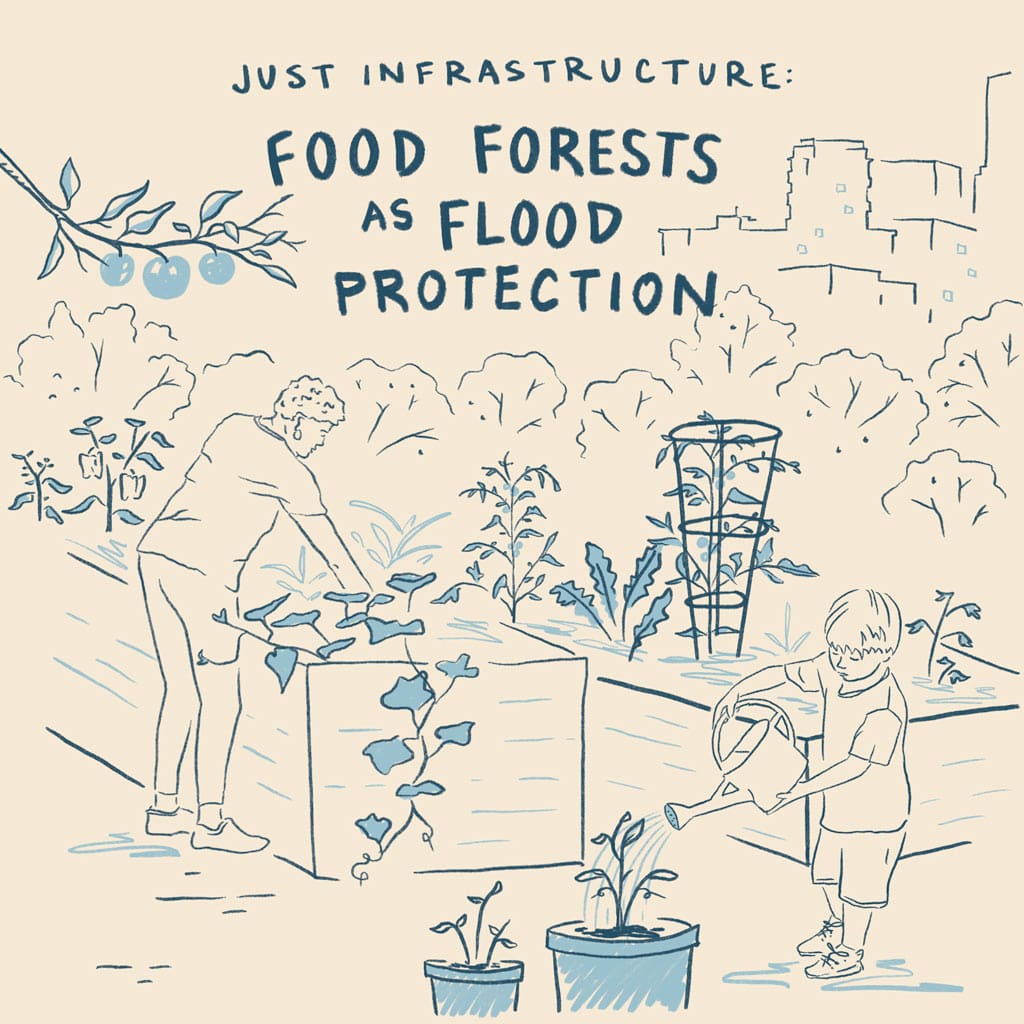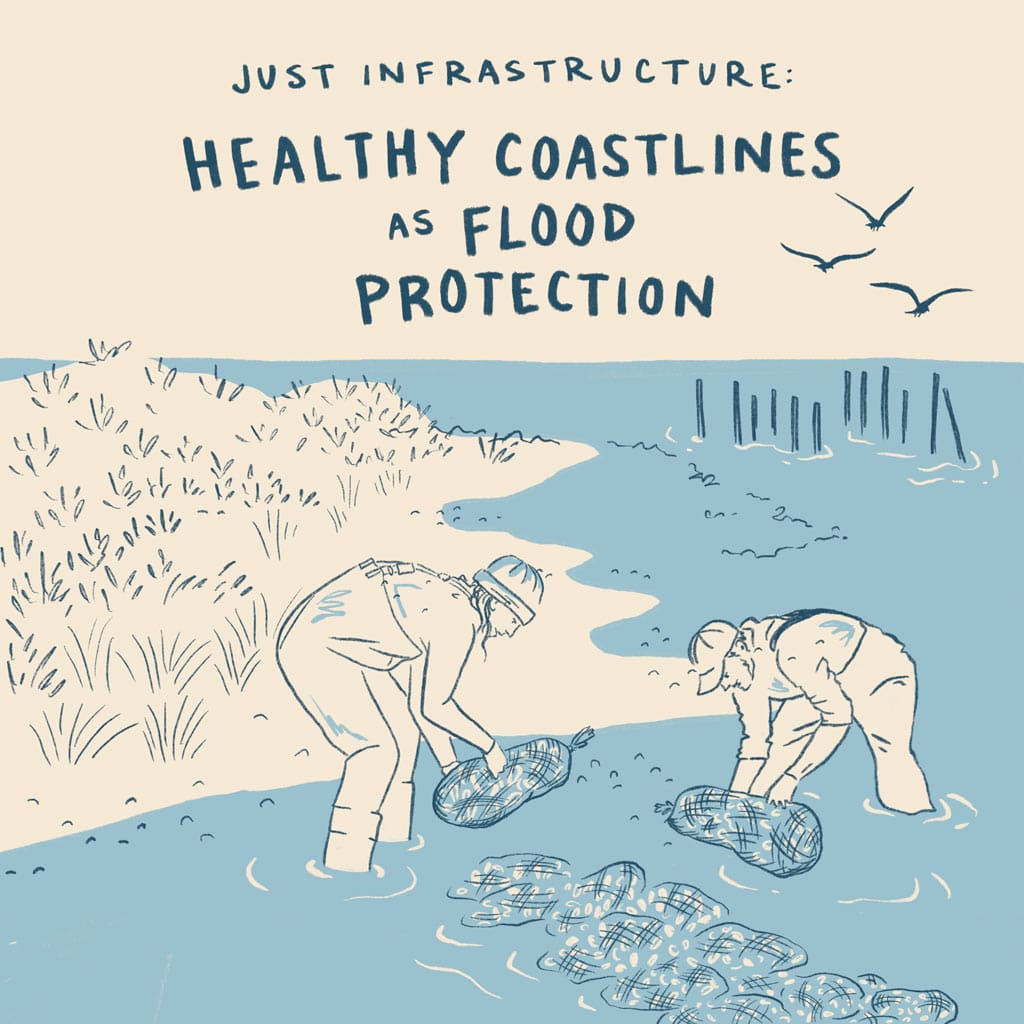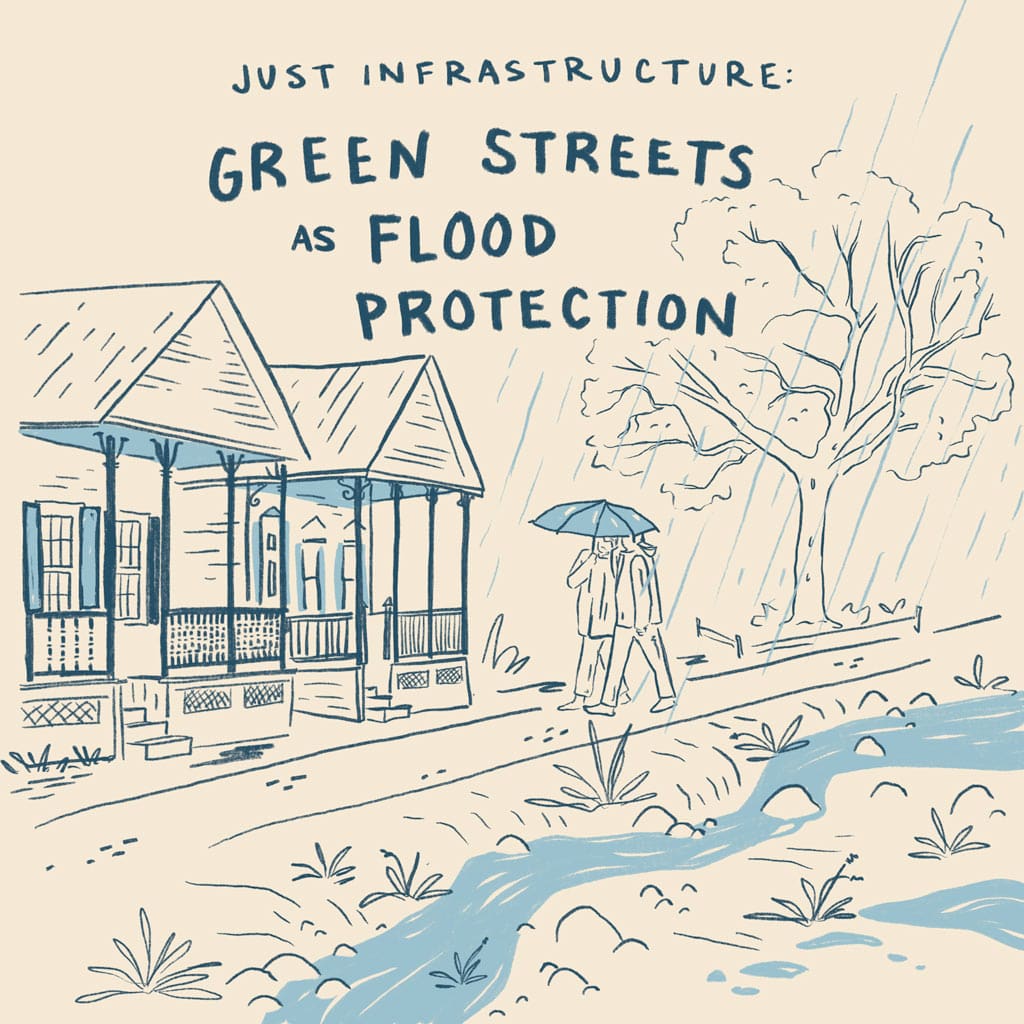Just Infrastructure for Flood Justice
If you look at a map of redlining and a map of flood-prone areas, they're going to be virtually the same.”
- Katherine Egland; Co-Founder, Education, Economics, Environmental, Climate and Health
Why do we need flood justice?
A recent study found that more than 17 million U.S. homes are at “substantial risk” of flooding. Rising risk has sent flood insurance rates soaring, pricing out many families.
To keep people safe in their homes and neighborhoods, we need to shore up current flood controls, and invest in nature-based projects like green streets and wetlands that absorb rain, runoff, and storm surges. Fortunately, the Bipartisan Infrastructure Law and inflation Reduction Act include billions to help communities prevent future flooding, in part by working with nature.
We can transform flooding hotspots to community-led resilience hubs if we prioritize the right projects in communities that need it most from nourishing food forests to erosion-fighting oyster beds.
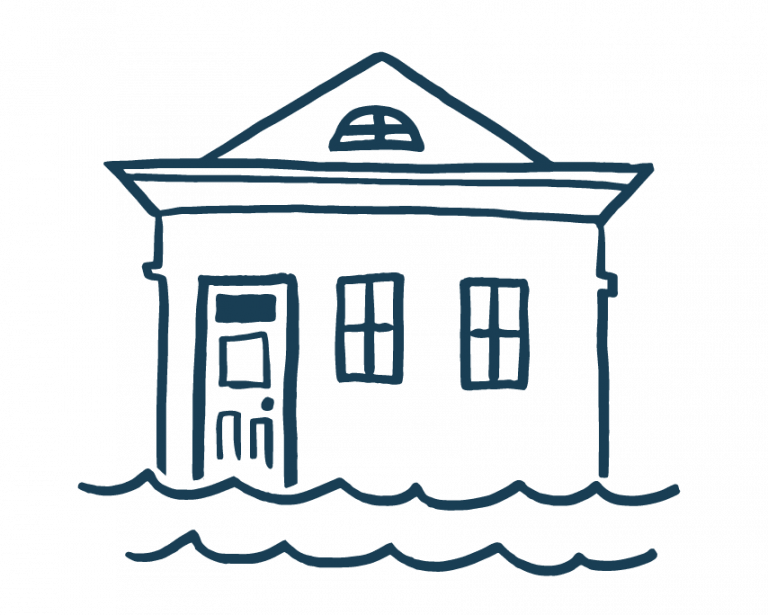
Funding opportunities
Flood justice in action
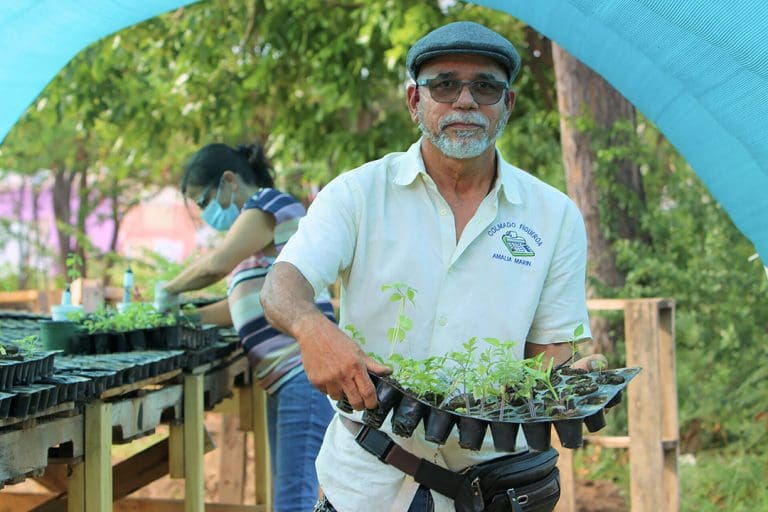
Working with nature in Playa de Ponce, PR
In the wake of Hurricanes Maria and Irma, Un Nuevo Amanecer (UNA) is working on a green infrastructure plan to protect Playa de Ponce, Puerto Rico against future storms.
With BIL funding, UNA will test and evaluate three nature-based solutions informed by the community to help weather a climate-changed future: mangrove planting, coral reef restoration, and oyster reef restoration. UNA has also created a nursery for food and mapped vacant lots to develop as rain and community gardens if they can get more funding.
By restoring its living shoreline and greening its neighborhoods, Ponce could become a model for community-led coastal resilience in Puerto Rico.
Shoring up Turkey Creek in Gulfport, MS
Turkey Creek flows through a community first settled by emancipated African Americans, and a housing development created 100 years later by the National Council of Negro Women as one of the nation’s first integrated neighborhoods.
These historic neighborhoods sustained serious damage during Hurricane Katrina, and still experience frequent flooding. Now, flood prevention efforts are getting a boost from BIL dollars granted to the Education, Economics, Environmental, Climate and Health Organization (EEECHO). EEECHO will to educate residents about flood risks, restore wetlands along the creek, and install rain gardens and bioswales.
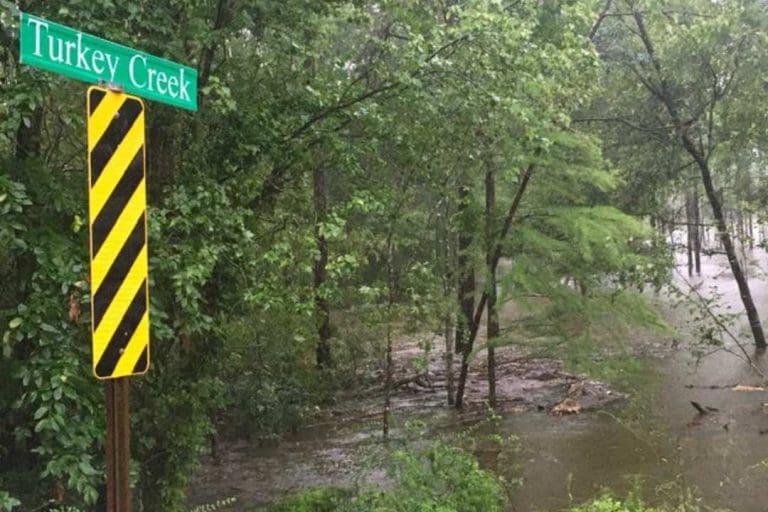

Keeping Camden, NJ safe from flooding and sewage spills
About 40 million people across the U.S. live in communities with combined sewer systems that collect rain and runoff in the same pipes as wastewater from homes, resulting in sewage spills and flooding during storms.
This is why it was a big win when The Center for Environmental Transformation (CFET) received more than $500,000 to develop a resident-led disaster resilience plan for the Waterfront South neighborhood of Camden, NJ. Bordered by the Delaware River and Newton Creek, the community experiences frequent flooding and sewage spills, and is home to heavy industry and more than 20 brownfield sites putting families at risk of toxic exposure when disaster hits.
CFET is focused on nature-based solutions such as rain gardens, bioswales, and native trees, building on a neighborhood greening plan developed with community input in 2020.
Storytelling resources
To help move media and policymakers, we collaborated with cultural organizers and artists to develop artwork and media materials to communicate why we need smart investments for flood justice.
Share these graphics and get the social media toolkit to spread the word about flood justice
Use these materials to tell the story on why we need Just Infrastructure for flood justice now
Fact Sheet
Keeping Families Safe from Flooding
Message guidance:
Flood Preparedness

